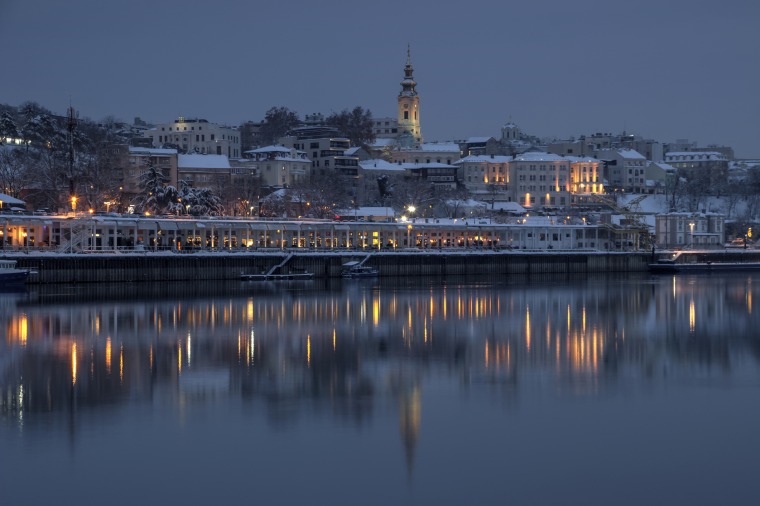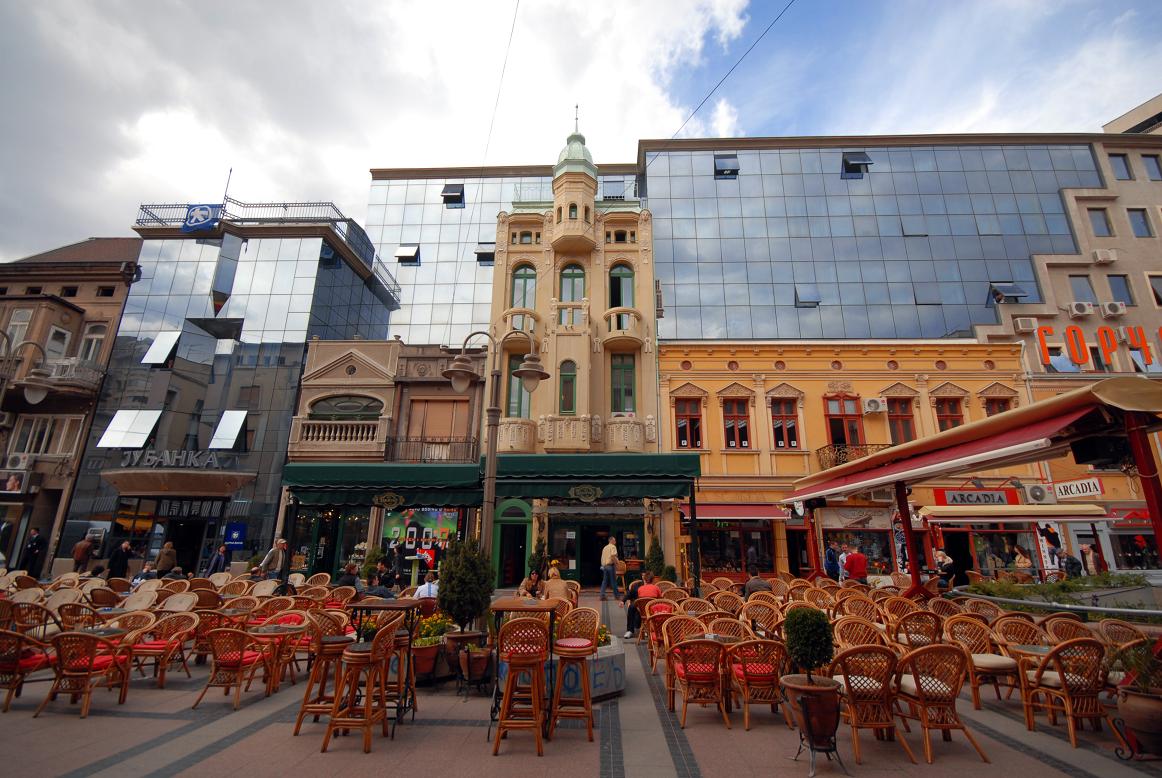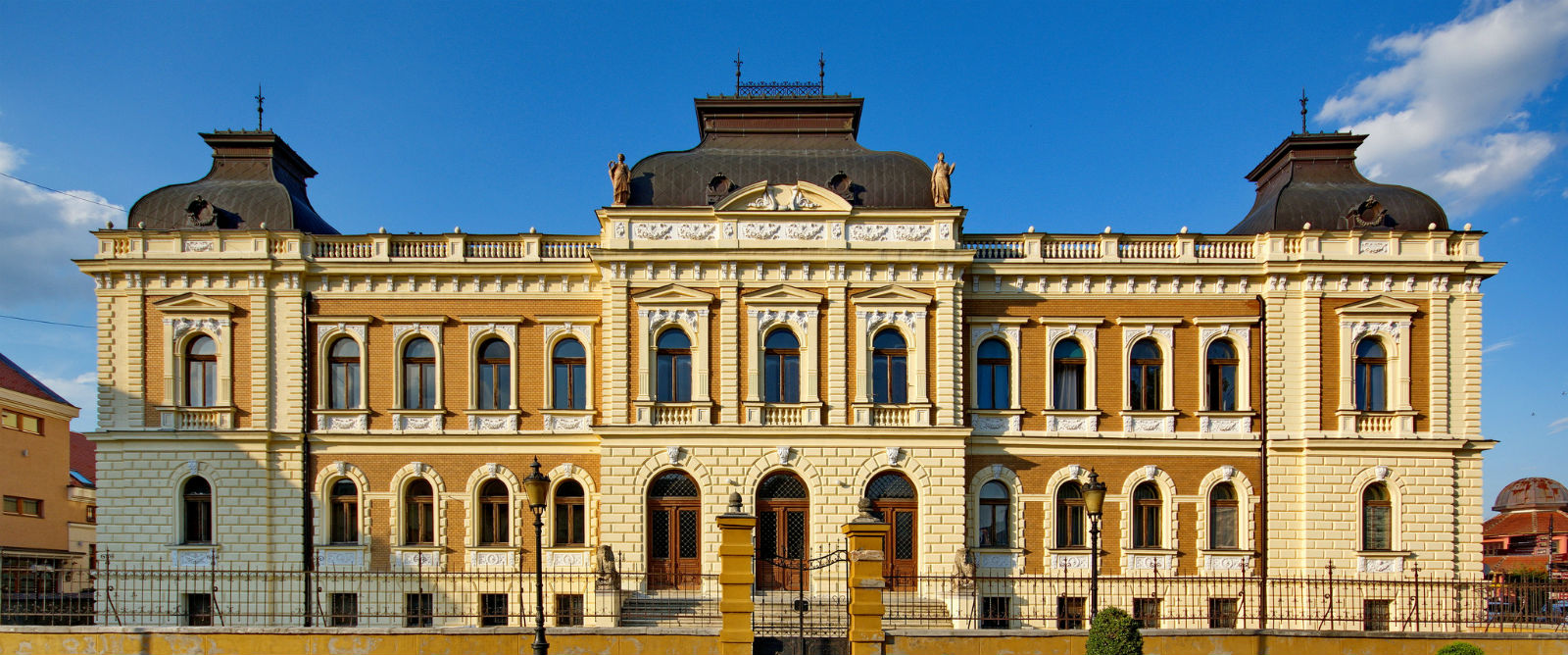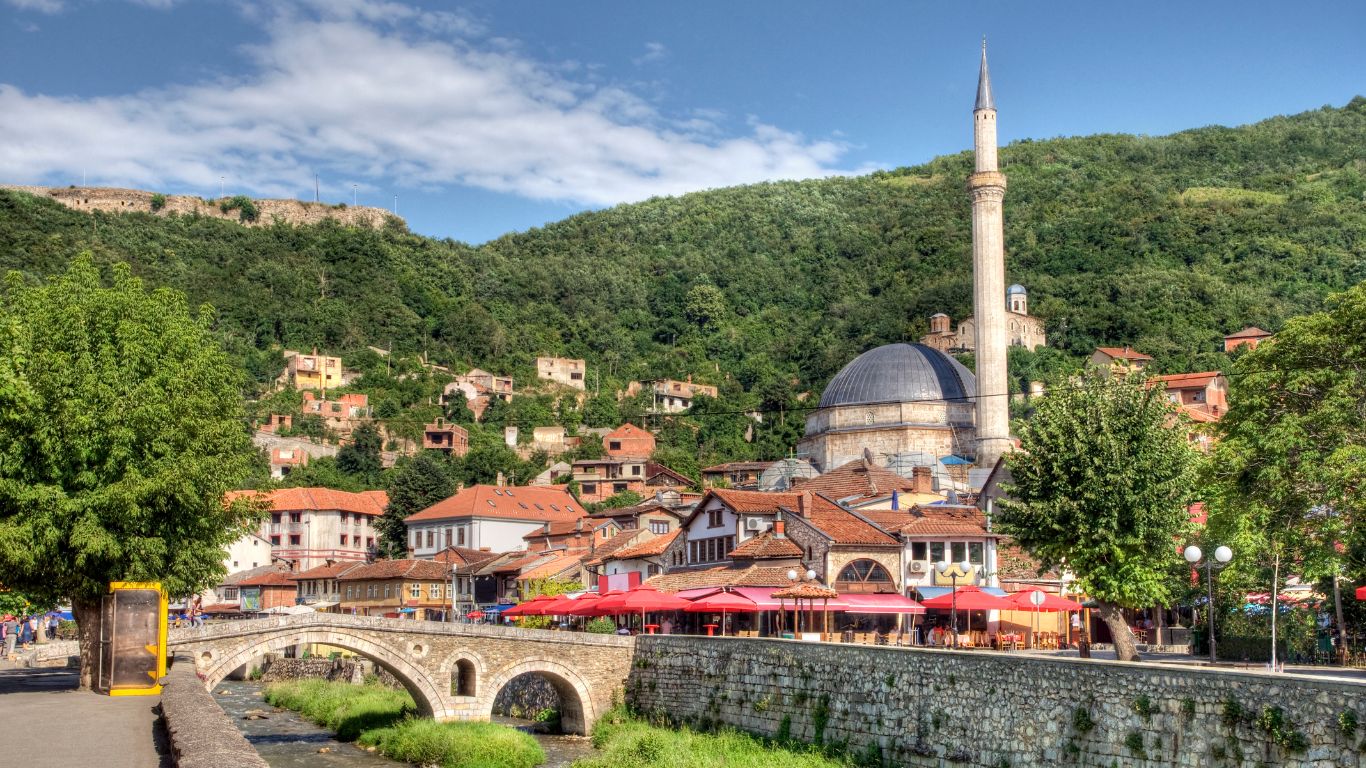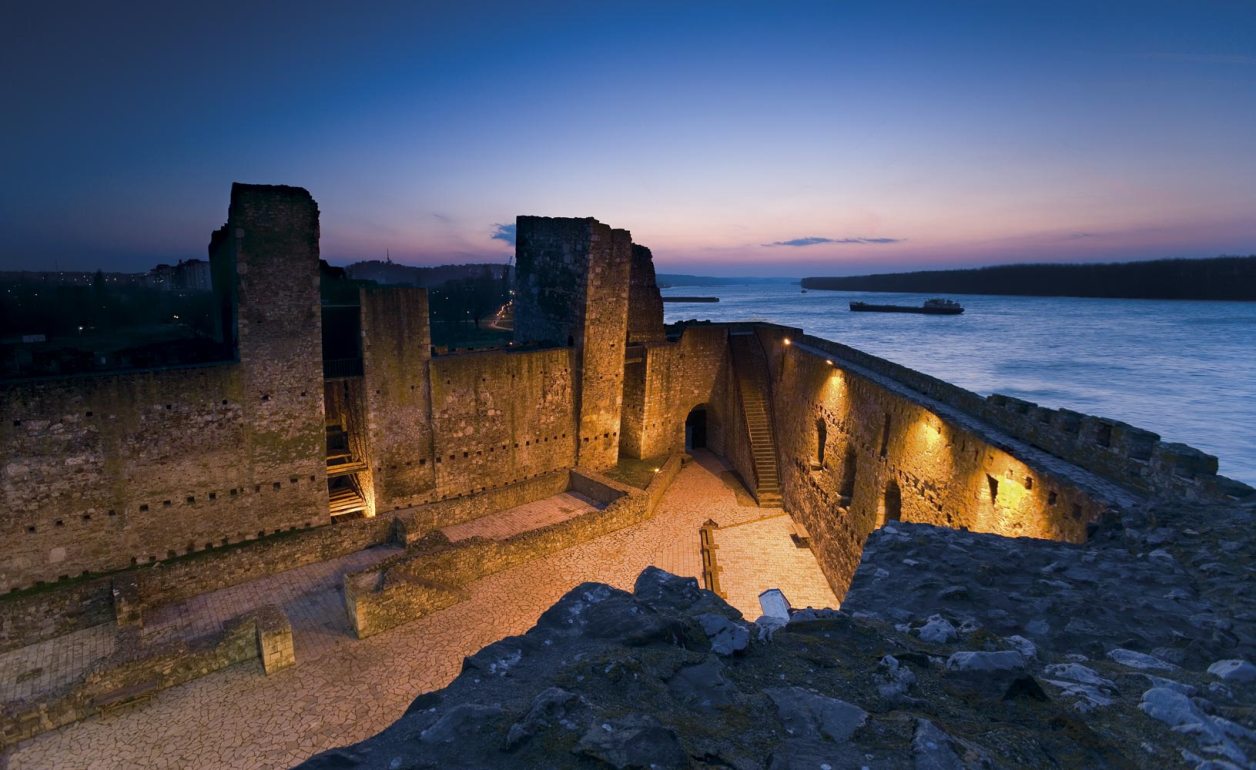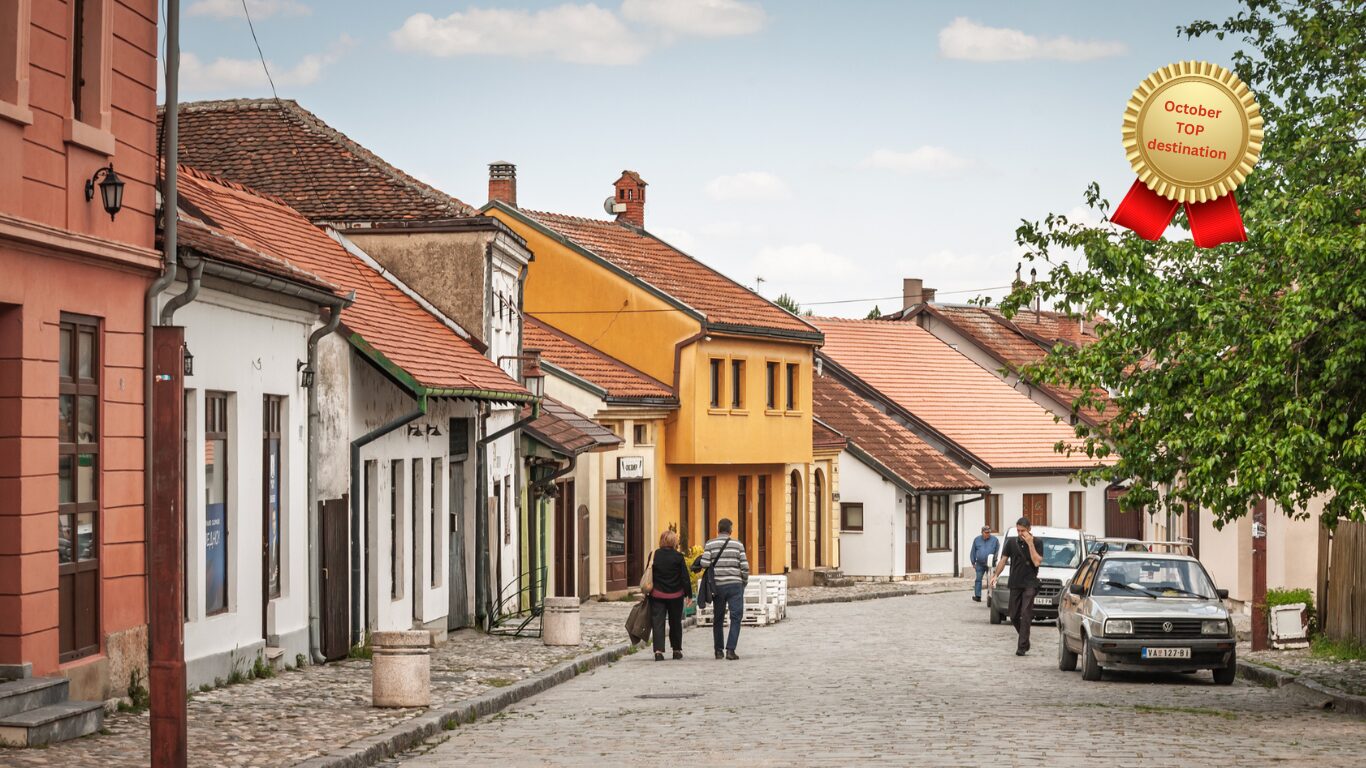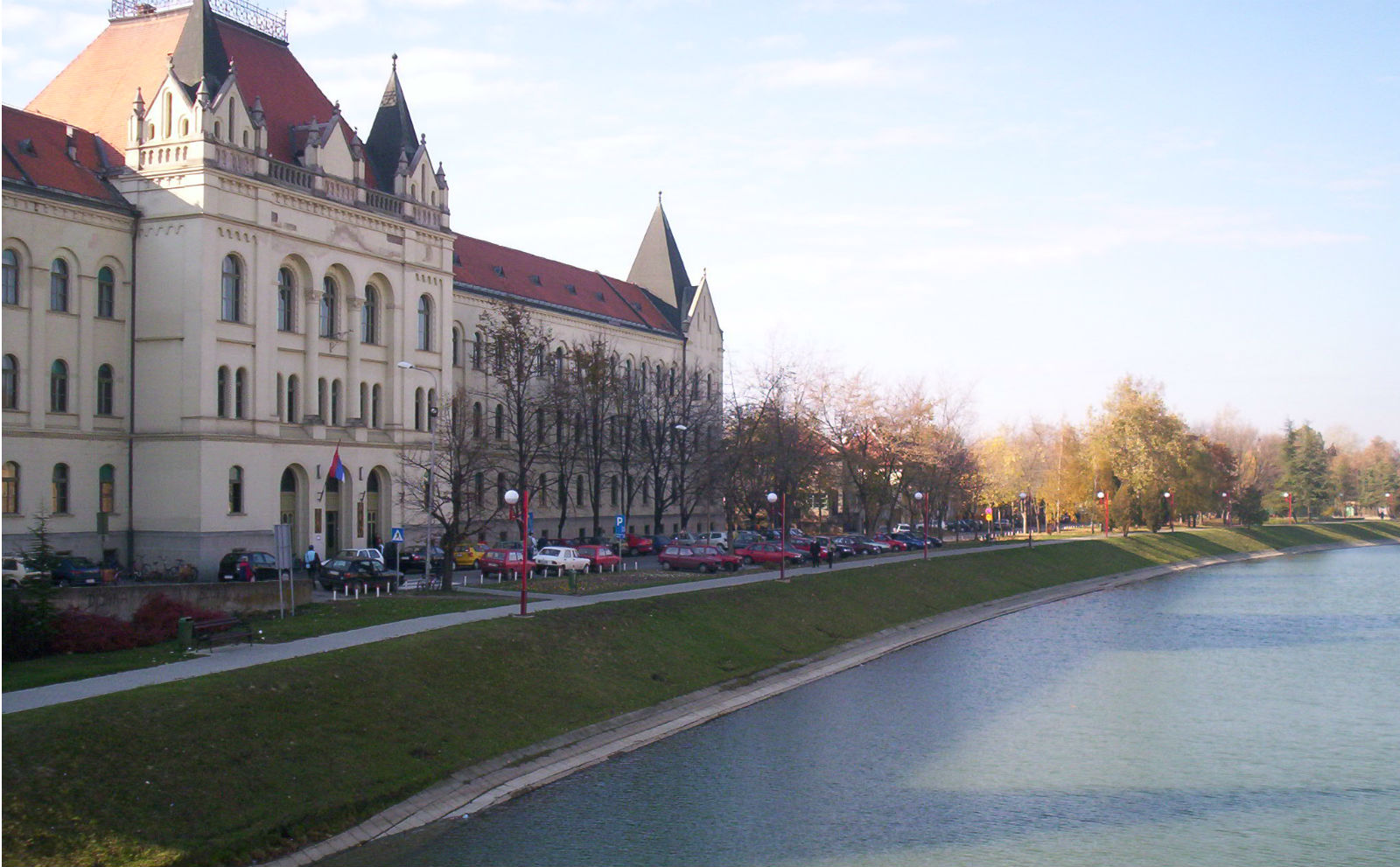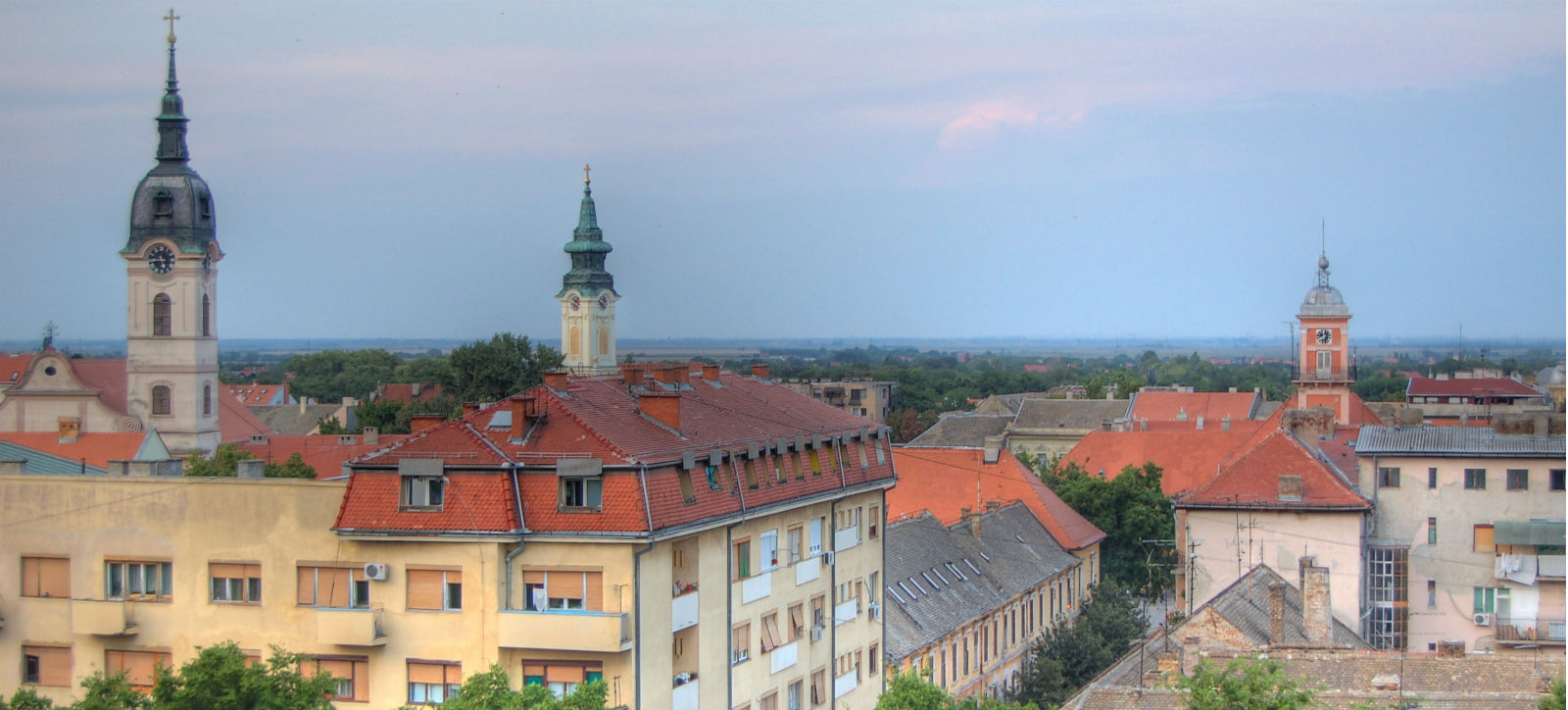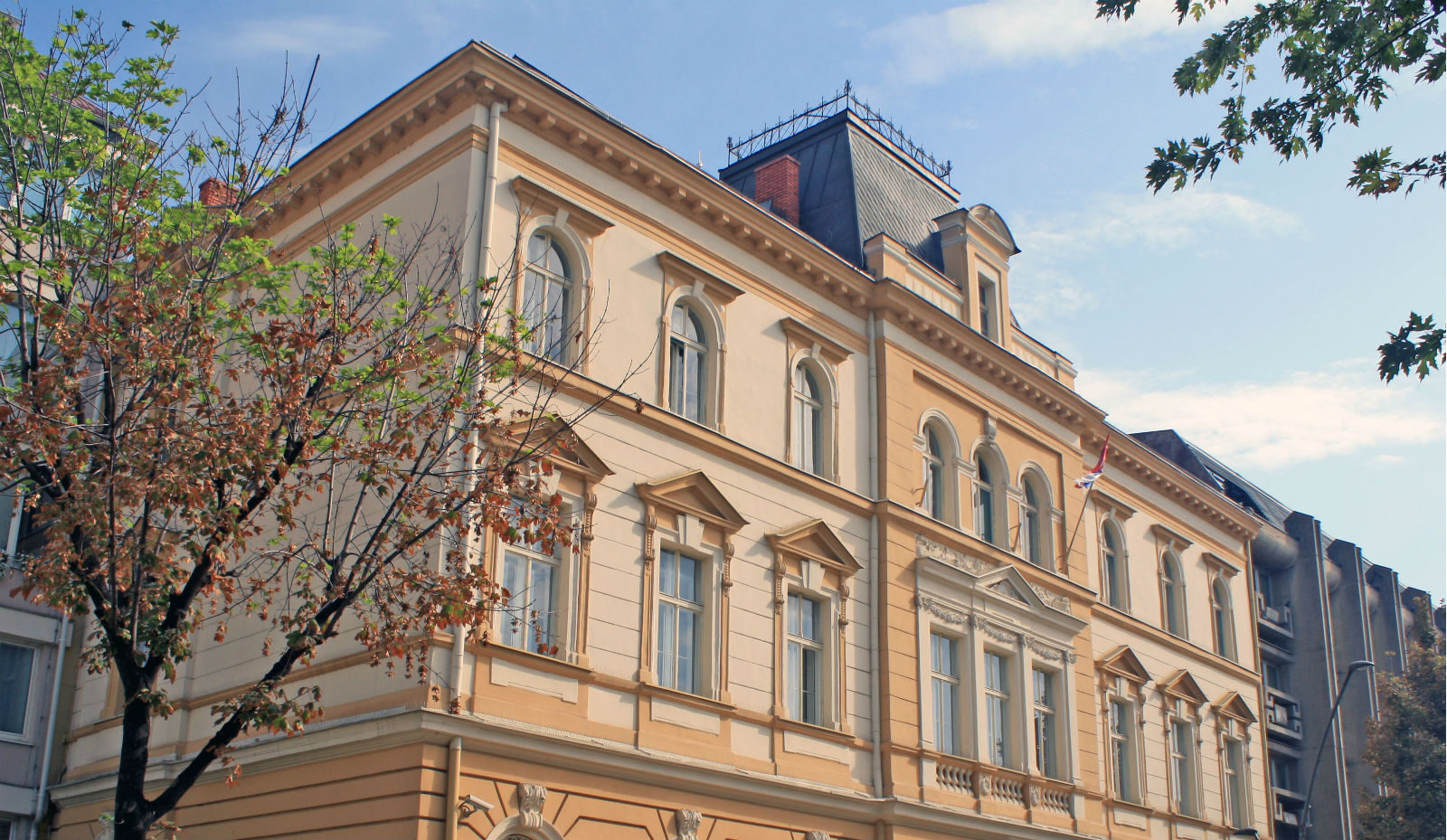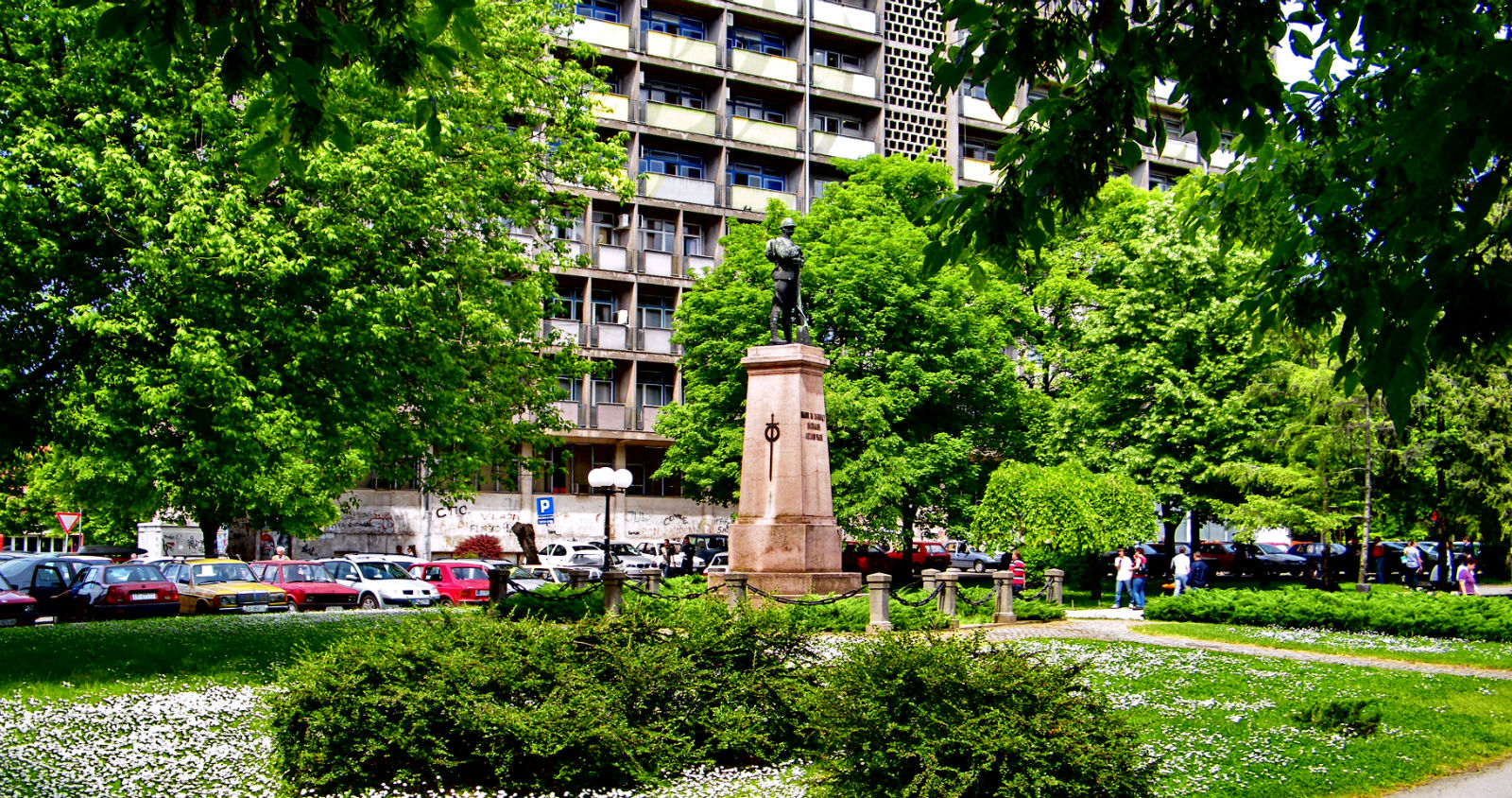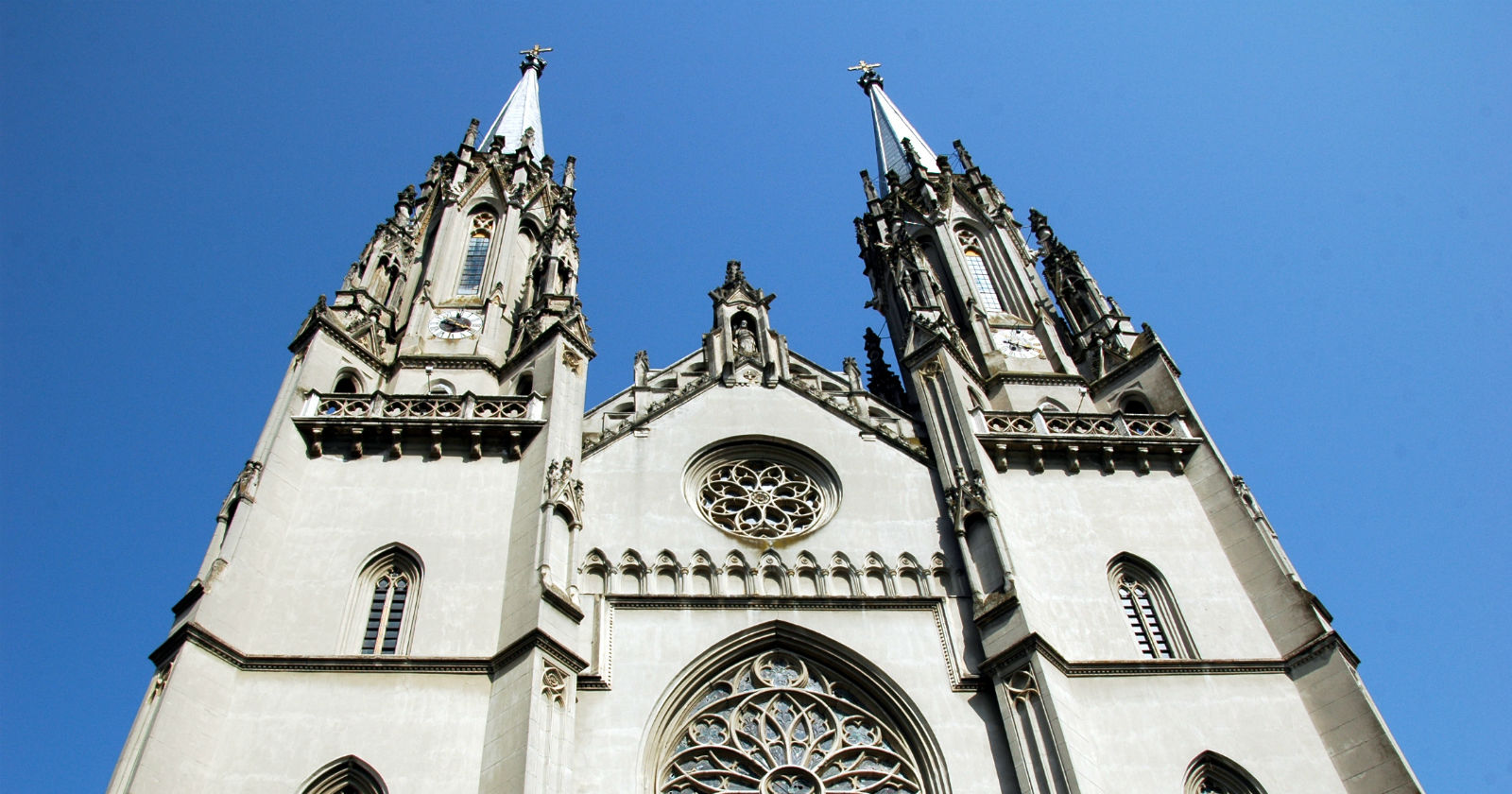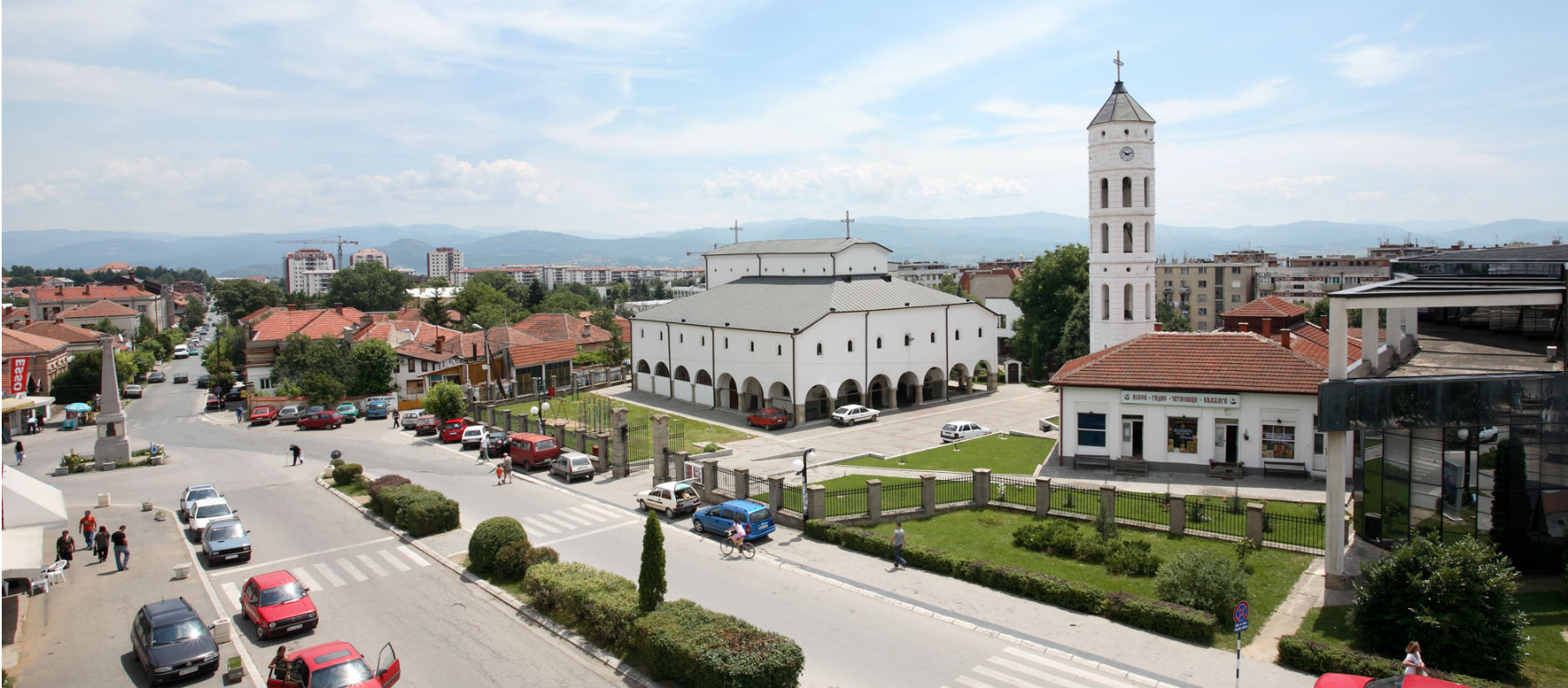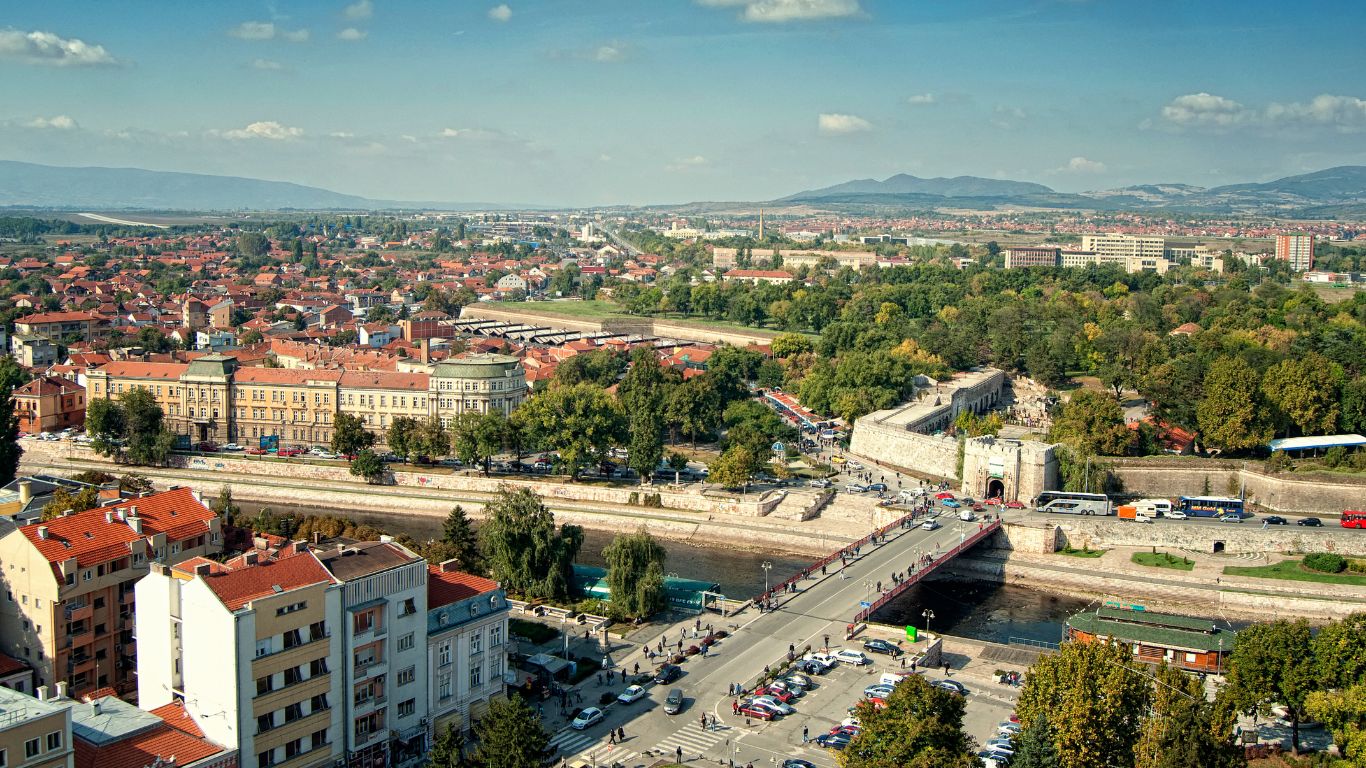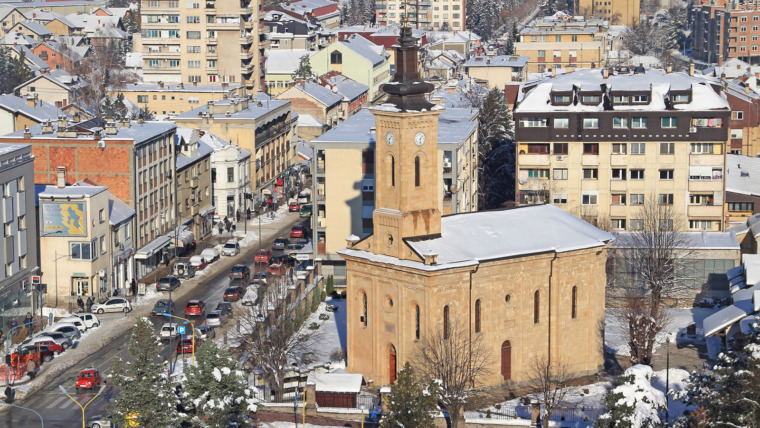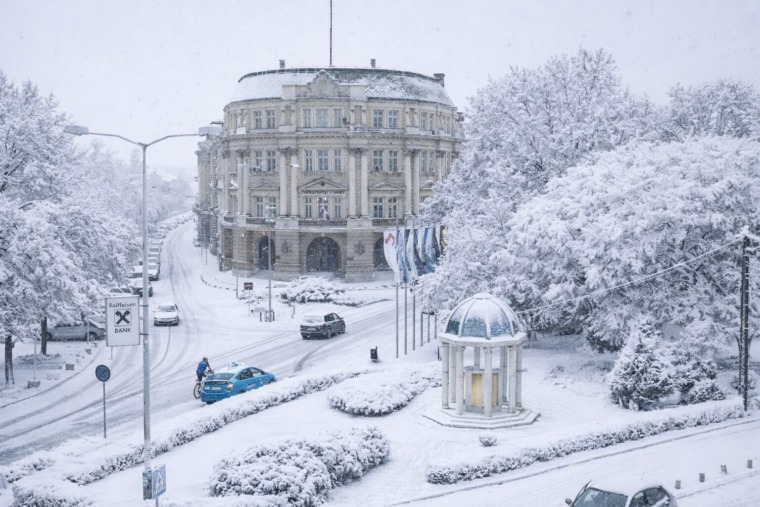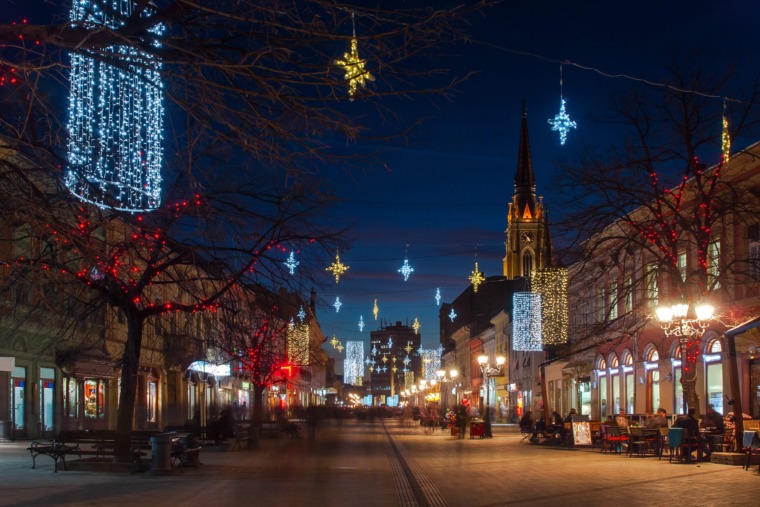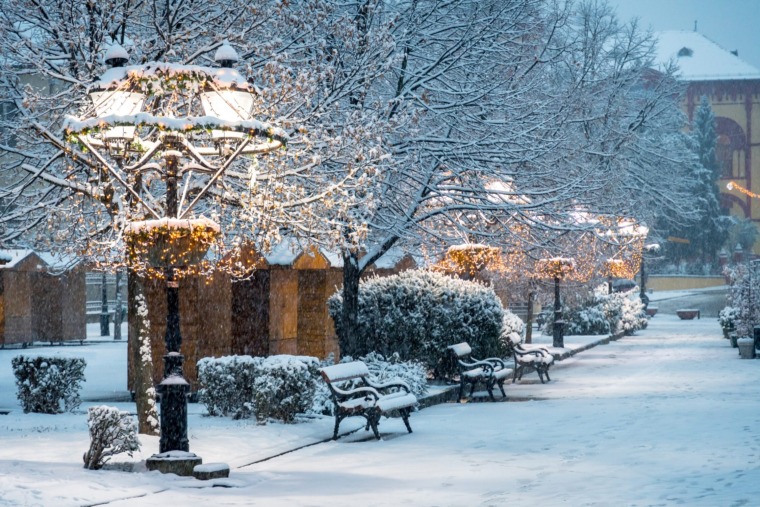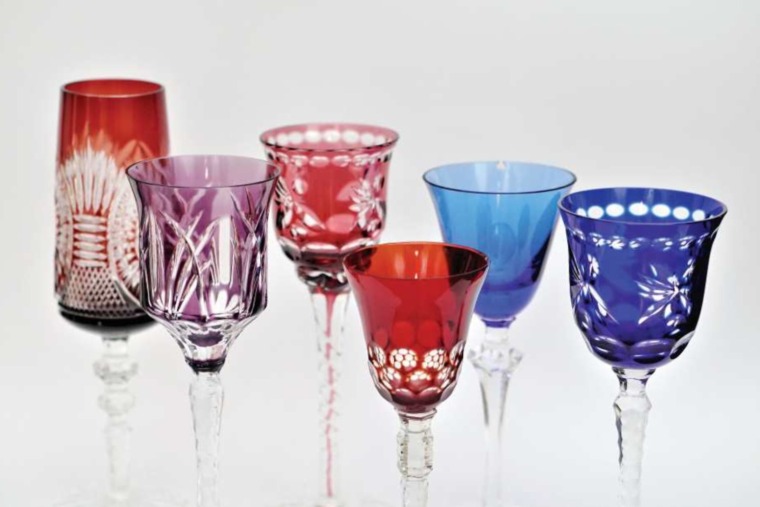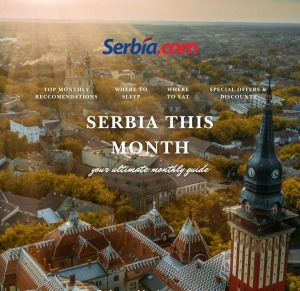Niš is one of the oldest cities in the Balkans. Famous for its serene southern spirit, good entertainment and excellent food, the city is located on the map of precious ancient heritage and is known as the hometown of Emperor Constantine the Great.
You are looking at one of the tourist itineraries that will take you through the city from dawn to dusk and through to a new dawn and you can start or finish the itinerary at random.
BUREK FOR A GOOD MORNING
Originally burek was a Turkish dish that became localised in the countries of the Balkans and the Mediterranean during the expansion of the Ottoman Empire. In Serbia burek means a dish made from pastry that is thrown into the air to make layers of dough which are then filled with minced meat or cheese. The recipe for circular burek first arrived in Niš back in 1498, brought from Istanbul by famous Turkish baker Mehmed Oglu. There are a few confirmed bakeries in the city where you can taste delicious authentic burek. Choose from a list of Niš’s top five bakeries – four are located on Vozda Karadjordja Street: “MBN” at number 13, “Srbijanka” at number 24, “Branković” at number 68 and “Mićko” at number 76a. You can turn your morning walk along Vozda Karadjordja Street into a kind of burek tour, tasting the nuances of perfected baker’s skills. Every September the city organises its Days of Burek event to present various versions of this speciality.
 COFFEE AT KAZANDŽIJSKO SOKAČE
COFFEE AT KAZANDŽIJSKO SOKAČE
The city centre includes entire neighbourhoods known as zones of good entertainment. Events begin in the morning and last until late at night. The liveliest is in Kazandžijsko Sokače and the best time of the day for coffee and refreshments is the period from noon until 2p.m., when Sokače is at its liveliest. The authentic Turkish atmosphere of Niš is represented by a preserved part of the old handicraft bazaar. An unusual certificate that can serve as a guide is displayed at the entrance to Kazandžisko Sokače. Here you’ll see a bronze sculpture of two men sitting at a café table chatting and accompanied by a dog. The characters are Serbian writer Stevan Sremac and legendary hunter Kalča, the writer’s literary hero. The table includes a glass and shot glass for rakia, while the hunter’s dog, Čapa, sits under the table. Unrestrained, imaginative and immensely entertaining, Kalča became and remained a popular hero of the city.
EARLY AFTERNOON
We recommend that you continue your visit of the city with a walk down Obrenovićeva Street. Among the beautiful buildings your eyes will be attracted by the house of merchant Andonović – an opulent architectural structure built between the two world wars. Walk on to Čair Park, the city’s central green oasis. The residents of Niš call it the Garden, which is actually a translation of the Turkish word çayir. Čair Park is impressive in terms of size and is decorated by groves of high poplar trees, Lombardy poplars and plane trees. There are several cafés on Čairska Street, next to the park, where “fancy Niš locals” spend their time and have fun. Between early and late afternoon you can stop right there and take some refreshment.
THREE PROPOSALS FOR THE AFTERNOON
An organised afternoon tour of the city can be spent in three ways: the first, from the tourist itineraries, will present you with the earliest history of the city – from the prehistoric and Roman periods.
Niš is known as the birthplace and hometown of Roman Emperor Constantine the Great. The Romans conquered this region at the beginning of the new era (A.D.) and named the town Naissus. The tour presenting the prehistoric and Roman era begins at the National Museum. The museum’s Archaeological Hall includes numerous exhibits dating from the Neolithic Period to the Middle Ages. The most important Roman archaeological site is located at Medijana, a site dating back to the 4th century A.D. Medijana is located a few kilometres from the city centre along the ancient Via Militaris Roman road. The former imperial summer residence testifies of the richness and superb artistic achievements of the imperial city of Naissus.

FIVE CENTURIES OF OTTOMAN RULE
The second chronological itinerary will take you to the Ottoman period. Niš Fortress, the symbol of the city, is one of the most beautiful and best preserved Turkish military fortifications in the central Balkans. Destroyed and rebuilt many times, it gained its final form in 1723, just before the end of Ottoman rule. The fortress boasts important monuments from different periods and a summer theatre that plays host to the traditional Festival of Actors’ Achievements, musical festivals and other cultural events.
WORLD WAR II
The third itinerary is closest to us in terms of time and takes us to the period of World War II. During the tour you will learn about the shocking monuments from the time of the German occupation of Niš – the Concentration Camp located in the Red Cross (Crveni Krst) district and the Bubanj Memorial Park. The camp testified about the suffering of the Serbian, Roma and Jewish population, as well as the Communists, numerous supporters of the national liberation movements and partisans, who were detained there during the occupation (1941-1944). At that time the Bubanj Memorial Park was one of the biggest places of execution on the territory of Yugoslavia. It is estimated that between 10,000 and 15,000 people were executed there. The monument to the victims was uncovered on 14th October 1963, on the anniversary of the liberation of Niš.
Here ends your day experiencing a brief history of the city and briefly encountering its present. Ahead of you lies the night and a new morning in Niš.
By Belguest, in cooperation with Natalija Živanović, senior associate of the tourism organisation of Niš
Related Articles
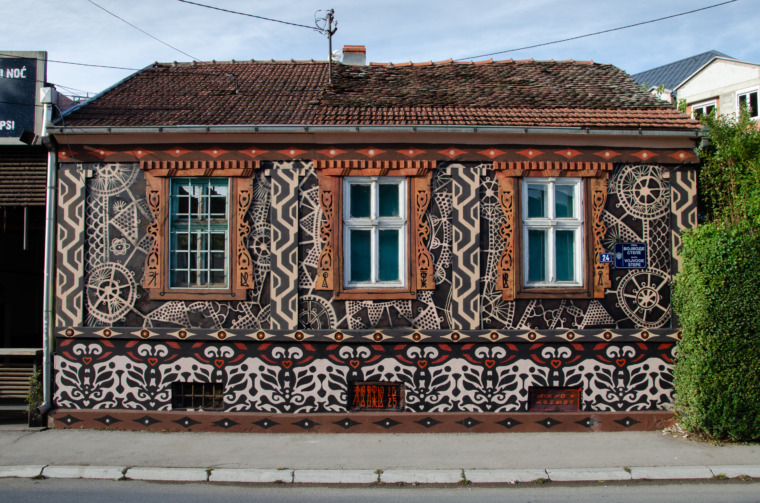
Čačak: Serbia’s Open-Air Gallery of Murals
December 19, 2025